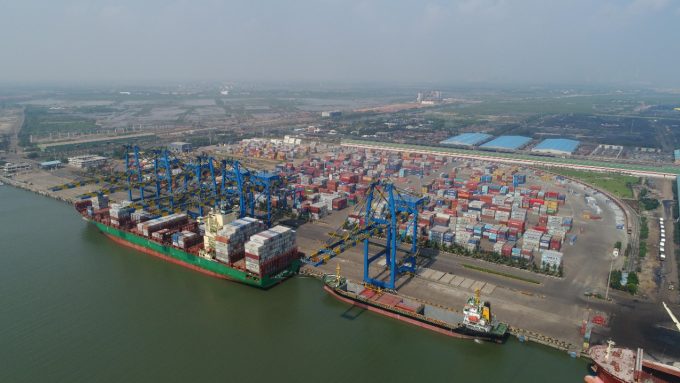'Be prepared' is key to avoiding problems on return to Suez transits
BCOs are not sufficiently prepared for the likely influx of detention and demurrage (D&D) charges ...

Other than elongated transit times, Asia-Europe container supply chains may be so far largely unscathed by the Red Sea crisis and vessel diversions around the Cape of Good Hope – but for European exporters to the Middle East and Indian subcontinent, it has been a disaster.
Massively increased transit time and sky-rocketing freight rates on both headhaul and backhaul trades have led more and more Indian businesses to turn to Far East suppliers to source materials, according to new analysis by ...
Asia-USEC shippers to lose 42% capacity in a surge of blanked sailings
USTR fees will lead to 'complete destabilisation' of container shipping alliances
New USTR port fees threaten shipping and global supply chains, says Cosco
Outlook for container shipping 'more uncertain now than at the onset of Covid'
Transpac container service closures mount
DHL Express suspends non-de minimis B2C parcels to US consumers
Zim ordered to pay Samsung $3.7m for 'wrongful' D&D charges
Uncertainty over US tariffs sparks interest in bonded warehouses for imports

Comment on this article